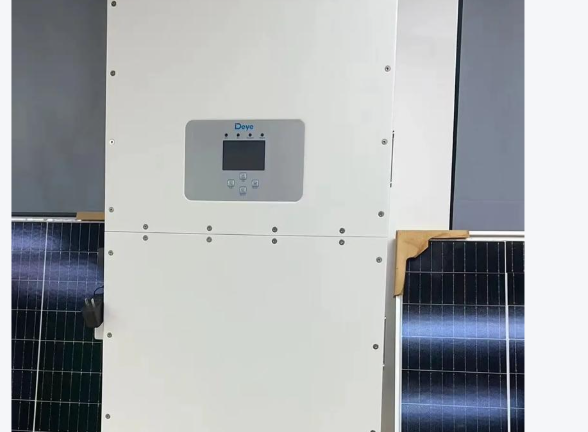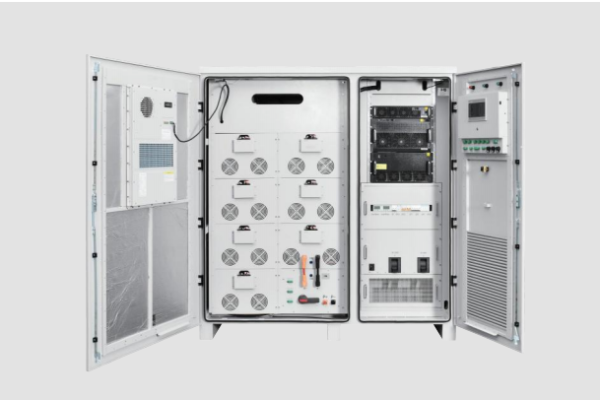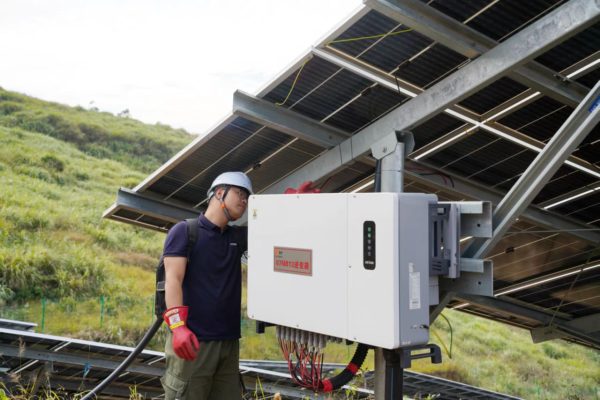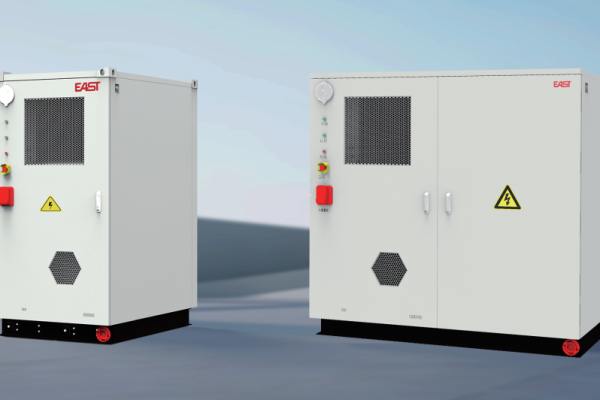A Practical Guide for Technical Trading Teams and ESS Integrators
Introduction
Hybrid inverters have become a cornerstone of distributed energy systems—especially for projects involving solar photovoltaic (PV) and battery storage. As demand for PV+ESS solutions grows globally, more importers, EPCs, and system integrators are seeking reliable partners who can source and configure hybrid inverters correctly.
If you’re an export-oriented trading company, understanding and communicating the key technical parameters of hybrid inverters is no longer optional—it’s essential for winning trust, reducing return risks, and speeding up project cycles.
This article outlines the most important specifications and considerations when sourcing hybrid inverters for export, particularly for small-to-medium energy storage applications in residential, commercial, and light industrial projects.
1. What Is a Hybrid Inverter?
A hybrid inverter is an inverter that combines the functions of a traditional solar inverter (PV to AC) with a battery inverter (DC to AC for storage). It manages energy from:
- The solar PV array
- The battery storage system
- The grid (and sometimes a generator)
It enables self-consumption, backup power, time-of-use optimization, and peak shaving functions—all from a single unit.
2. Why Choosing the Right Parameters Matters
Unlike conventional PV inverters, hybrid inverters must be matched carefully with battery voltage, capacity, local grid conditions, and control systems. Misjudging key specs may lead to:
- Undersized or oversized systems
- Battery communication issues
- Non-compliance with local standards
- Project delays or technical failures
By focusing on the parameters below, you can pre-screen inverter options and tailor quotes for target markets much more accurately.
3. Key Technical Parameters to Consider
a. Rated Output Power (kW)
Choose an inverter with sufficient AC output power to meet the customer’s load. Common options range from:
- 3kW–10kW for residential
- 10kW–30kW for small commercial
- 30kW–100kW+ for C&I systems
Always verify whether the rated power is for grid-tied use only or also includes off-grid backup.
b. PV Input Voltage and Power Range
- Max. PV voltage (Voc): Must match panel array voltage
- MPP voltage range: Should be wide enough to allow flexible PV string design
- Max. PV input power: Usually slightly higher than rated AC output
✅ Tip: Choose inverters that support oversizing PV input (e.g., 150% of rated power) to maximize energy harvest during cloudy days.
c. Battery Voltage Range
Battery compatibility is defined by:
- Nominal battery voltage (e.g., 48V, 100V, 200V)
- Supported voltage range
- Charge/discharge current limits
👉 Be sure to match battery voltage with inverter design. For example:
| Battery Type | Typical Voltage | Suitable Inverter Range |
|---|---|---|
| Lead-acid | 48V | 40–60V |
| LFP Battery | 48V / 100V / HV | 40–60V / 80–150V / >200V |
d. Battery Communication Protocol
One of the most overlooked—but critical—parameters in sourcing is whether the inverter can communicate properly with the battery BMS.
Common protocols include:
- RS485 / CAN
- Modbus RTU / Modbus TCP
- Custom protocols for branded batteries
✅ Make sure the inverter brand supports the target battery brand via listed protocol or pre-tested compatibility list.
e. AC Coupling Options
Some hybrid inverters allow:
- Grid-tied + off-grid operation
- AC-coupling with existing solar inverters
- Generator input for backup scenarios
This flexibility is essential for retrofits or regions with weak grids.
f. Operating Modes
A well-designed hybrid inverter should support multiple energy flows:
- Self-consumption mode (PV → Load → Battery)
- Backup mode (Battery → Load on grid outage)
- Time-of-use (TOU) mode (Grid charge when cheap, discharge when expensive)
- Peak shaving mode (Battery assists load when demand is high)
Some inverters allow custom scheduling or remote EMS integration.
g. Grid Standards and Certifications
Different countries require different certifications, including:
| Country/Region | Common Standards |
|---|---|
| USA | UL 1741, IEEE 1547 |
| EU | EN 50549, VDE-AR-N 4105 |
| Australia | AS/NZS 4777 |
| India | IS 16221, IEC 61727 |
✅ Always confirm what grid code or standards are required in the customer’s destination market.
h. AC Output Phases (Single or Three Phase)
- Single-phase: Common for households and small commercial
- Three-phase: Required in industrial/commercial projects and in many countries for >10kW
Some hybrid inverters offer parallel stacking for scalability.
i. Monitoring and Communication Features
- Built-in WiFi / 4G / Ethernet for remote monitoring
- App or web portal for live system data
- Cloud-based firmware updates
- Modbus interface for external EMS connection
Monitoring capabilities are essential for modern smart energy projects.
j. Environmental Ratings
- IP Rating: IP65 or higher is recommended for outdoor use
- Operating temperature range: Must suit local climate
- Cooling method: Natural convection vs. fan vs. liquid-cooled
4. Commercial Considerations for Export
Besides the technical specs, there are commercial factors that matter when sourcing:
✅ MOQ and Lead Time
- Choose brands that allow flexible MOQ (e.g., 5–20 units) for small projects or trials
- Confirm production lead time, especially for high-demand seasons
✅ After-Sales Support and Documentation
- Ask for English installation manuals, wiring diagrams, and configuration guides
- Confirm remote tech support channels (email, hotline, online tools)
- Ensure firmware updates can be delivered OTA (over the air)
✅ Packaging and Labeling
- Export cartons should be robust, clearly labeled, and palletized
- Include all necessary accessories (cables, connectors, CT sensors)
5. How to Build Your Technical Advantage as a Trader
Even if you’re not a manufacturer, you can stand out by offering informed sourcing advice:
- Maintain pre-approved hybrid inverter + battery combinations
- Create quick-selection charts for different project sizes
- Prepare grid compliance reference sheets by region
- Offer assistance in pre-configuration or factory test settings
Customers will see you as a value-added partner, not just a price quote machine.
6. Internal Link Suggestions (for your website/blog)
If you’re building out SEO content, add internal links like:
- How to Match a Battery Pack with a Hybrid Inverter
- How to Design ESS for Peak Shaving and Load Shifting
- How to Choose a Hybrid Inverter for Small-Scale PV Projects
- Why Technical Knowledge Beats Low Price in ESS Sales
These links reinforce your authority and keep users exploring your site longer.
Conclusion: Sourcing Smart = Selling Better
Sourcing hybrid inverters is not just about finding a low price—it’s about knowing which models truly suit your target markets, project types, and battery combinations. By understanding key parameters like battery voltage range, communication protocols, grid compliance, and operating modes, you dramatically reduce mismatch risks and win client trust.
For technical trading teams, mastering these parameters is what turns you from a product seller into a solution provider—and that’s where long-term business is built.









